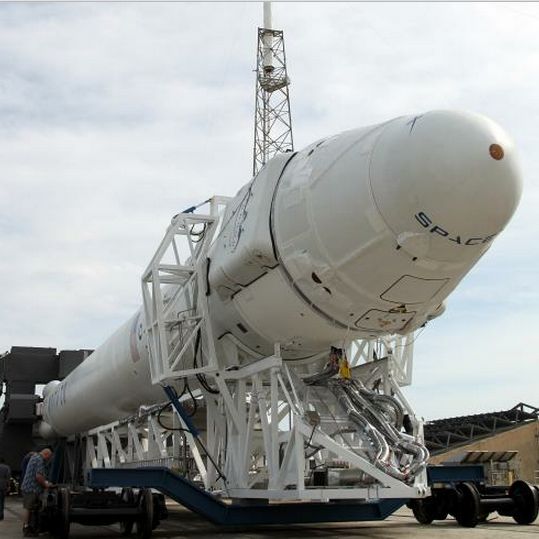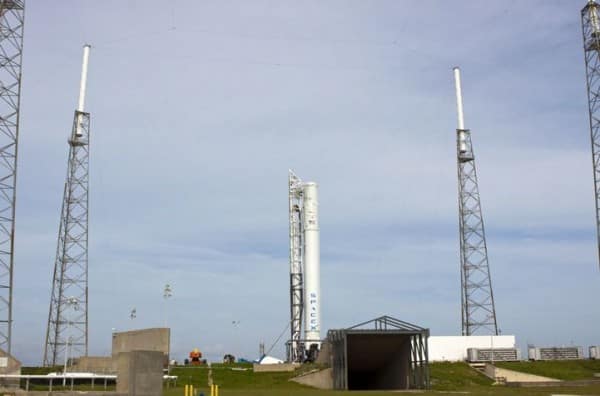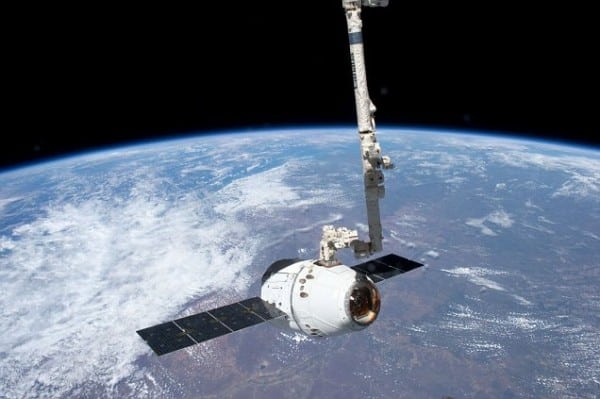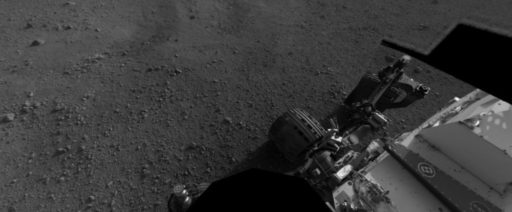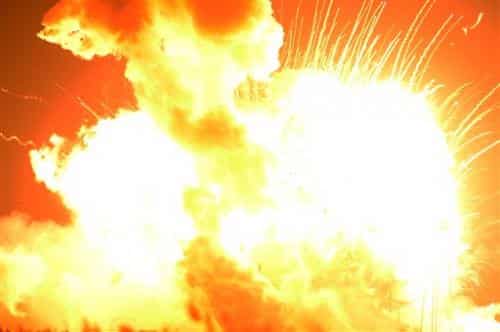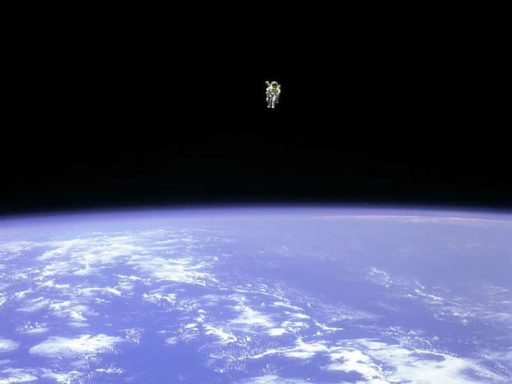After a successful first flight to the International Space Station (ISS), national space research center NASA and space transport company SpaceX are moving ahead quickly on a planned mission to use the Dragon capsule to resupply the ISS. Out of 12 contracted flights by SpaceX to resupply the space station, NASA and SpaceX jointly have announced that they are targeting October 7 as a launch date for the first contracted US cargo resupply mission to the ISS.
NASA has made a $1.6 billion contract for 12 unmanned cargo resupply flight to the ISS with Commercial Resupply Services (CRS). Last Thursday, on September 20, NASA managers, Space Exploration Technologies Corp. (SpaceX) officials and international partner representatives announced that, out of those 12 unmanned contracted cargo resupply flight to the ISS, they are planning to launch the first unmanned cargo resupply flight (CRS-1) to the ISS on October 7, Sunday, at 8:34 pm EDT from Space Launch Complex 40 at Cape Canaveral Air Force Station in Florida. They’ll use Dragon Capsule which will be carried to ISS by Falcon 9 rocket. Dragon will be carrying about 1,000 pounds (454 kilograms) of supplies for ISS including critical materials.
NASA and SpaceX have confirmed that, Falcon 9 rocket is ready to rock and roll. It is now doing wet dress rehearsal (WDR) at Space Launch Complex 40 at Cape Canaveral Air Force Station in Florida. Anyhow, if it fails to launch on October 7, then it’ll be launched on following day (October 8).
If everything goes perfect, the Dragon will rendezvous with the ISS on October 10, Wednesday. Expedition 33 commander Sunita Williams of NASA and Japanese astronaut Aki Hoshide will grab the supplies with the orbiting lab’s robotic arm.
The Dragon is scheduled to depart the space station in late October. While it returns, it’ll return with approximately 734 pounds (333 kg) of scientific materials, including results from human research, biotechnology, materials and educational experiments, and 504 pounds (229 kg) of space station hardware (in total more than 1,200 pounds of scientific material and space station hardware). It will splash down in the Pacific Ocean off the coast of southern California via parachute.
However, media accreditation to view the launch is open. International media except U.S. citizenship must apply for credentials by Wednesday, September 26, if they want to cover the pre-launch and launch activities. The deadline to apply for the US media is Wednesday, October 3. All media accreditation requests must be submitted online at https://media.ksc.nasa.gov.
Source : NASA
[ttjad keyword=”hdtv”]

